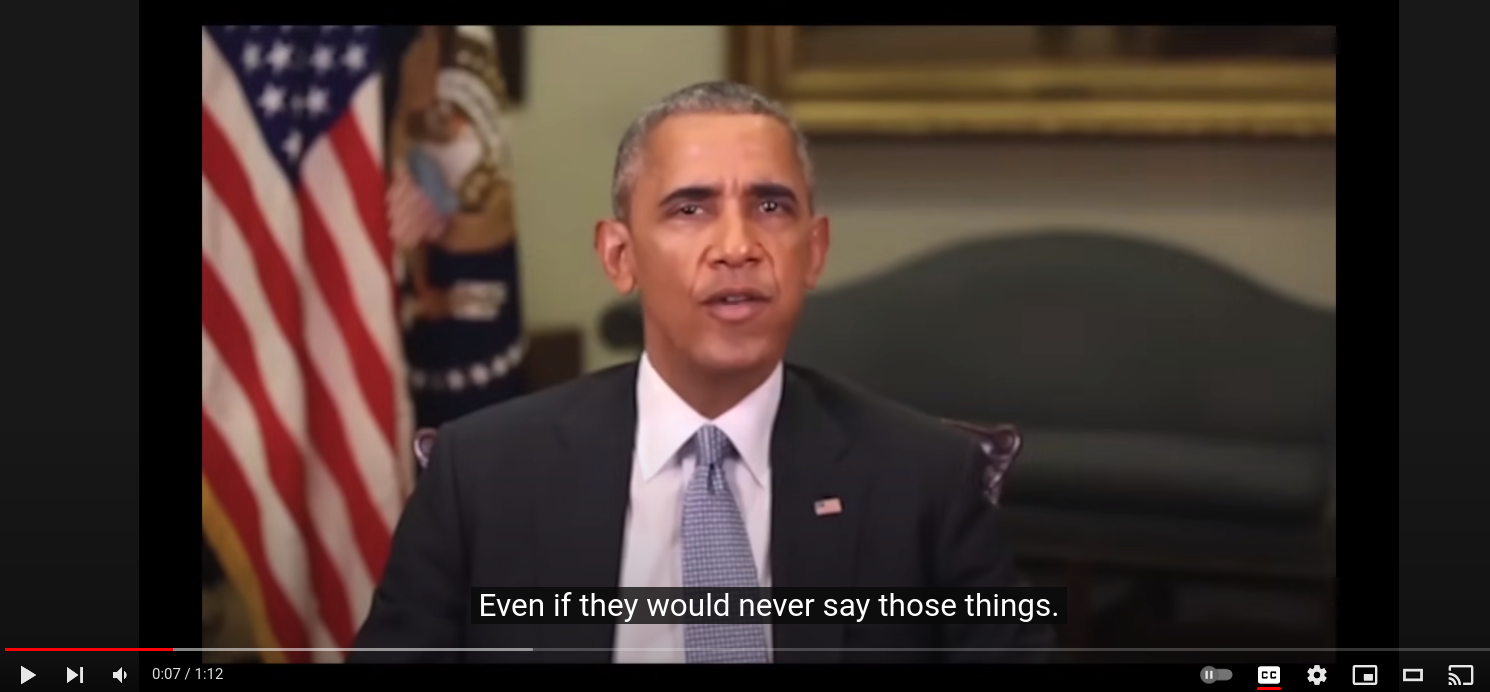2024.06.19
Utilizing Blockchain - Notarization for countering DeepFakes
The Dangers of DeepFakes: A Growing Threat
In recent years, the emergence of deepfake technology has sparked significant concern across various sectors, from personal privacy to national security. Deepfakes, created using artificial intelligence and machine learning techniques, involve the manipulation or generation of visual and audio content that convincingly imitates real people. While this technology can have benign applications in entertainment and art, it poses several serious dangers that cannot be overlooked:
Personal Privacy and Identity Theft
One of the most immediate threats of deepfake technology is its potential for personal privacy violations and identity theft. By superimposing someone's likeness onto another body or altering their voice, malicious actors can create convincing yet entirely fabricated content. This can be used to embarrass, blackmail, or harass individuals, often with devastating personal consequences. Victims may find their reputations tarnished or their personal relationships strained by deepfake videos or audio recordings that appear genuine.
Political and Social Manipulation
Deepfakes have the potential to significantly disrupt political and social stability. Politically motivated deepfakes can be used to spread misinformation, discredit public figures, or influence election outcomes. A fabricated video of a politician making inflammatory statements or engaging in illicit activities could sway public opinion and lead to real-world consequences. This erosion of trust in media and public figures undermines the foundation of informed civic participation and democratic processes.
Cybersecurity Threats
In the realm of cybersecurity, deepfakes pose a new and evolving threat. Cybercriminals can use deepfake technology to impersonate company executives or employees, gaining unauthorized access to sensitive information or initiating fraudulent transactions. These sophisticated impersonations make it increasingly difficult for organizations to safeguard their digital assets and maintain security protocols, leading to potential financial and data losses.
Legal and Ethical Challenges
The rise of deepfake technology also presents significant legal and ethical challenges. Current legal frameworks often struggle to keep pace with rapid technological advancements, leaving gaps in regulation and enforcement. Determining the authenticity of content and holding perpetrators accountable is a complex process that requires new tools and legislation. Moreover, the ethical implications of deepfake technology, including issues of consent and the potential for misuse, necessitate a broader societal conversation.
Psychological Impact
The psychological impact of deepfakes on individuals and society is another concern. The spread of deepfakes can contribute to a general sense of distrust and paranoia, as people become increasingly skeptical of the authenticity of the media they consume. This erosion of trust can have long-term effects on mental health and societal cohesion, fostering an environment of suspicion and fear.
Many celebrities and public persons such as Barack Obama, Nancy Pelosi, Mark Zuckerberg, Tom Cruise, Kim Jong-un and others have become victims of "DeepFake - attacks"

Let us take a short detour on "Digital identities in the Blockchain context"
Digital identities are a critical component of the evolving digital landscape, enabling individuals and entities to authenticate and interact securely online. In the context of blockchain technology, digital identities take on a new dimension, offering enhanced security, privacy, and control. Here’s an in-depth look at what digital identities are in the blockchain context and their implications.
A digital identity is an online or networked identity adopted or claimed in cyberspace by an individual, organization, or electronic device. It encompasses information used to uniquely identify an entity in a digital ecosystem, such as usernames, passwords, social security numbers, and biometric data. In a blockchain context, digital identities are more secure, decentralized, and user-controlled.
There are multiple WebBrowser- and Software - plugins for managing "Digital - identities" or identification - related mechanisms:
uPort, MetaMask, Civic, Nimiq Sage, Auth0 and others let you manage and use "Identity" while you surf the Internet or work with digital assets.
So, why Digital identity ?
Because in combination with Digital identities, Data Notarization in a Blockchain can provide a highly efficient protection agains DeepFakes, DeepVoices and similar "Impersonation - attacks".
The proposal: "How to defeat DeepFakes with Blockchain - Notarization"
Blockchain Notarization can be an effective tool to combat this issue by providing a way to verify the authenticity of digital media. Here’s how blockchain notarization can help defeat deepfakes.
Blockchain Notarization or "certification" involves using blockchain technology to create an immutable record of a digital asset’s existence and authenticity at a specific point in time. This process includes:
- Timestamping
Recording the exact time when the digital asset was created or last modified. - Hashing
Generating a unique cryptographic hash of the digital asset, which acts as a digital fingerprint. - Recording
Storing the hash and timestamp on a blockchain, ensuring that any changes to the asset can be detected.
- Immutable Records
Blockchain’s immutable ledger ensures that once a digital asset’s hash is recorded, it cannot be altered or deleted. Any attempt to modify the original asset will result in a different hash, making tampering detectable. - Provenance Tracking
Blockchain can track the provenance of digital content, providing a verifiable history of its creation and modifications. This helps in establishing the authenticity and source of the content. - Decentralized Verification
With a decentralized network, no single entity controls the notarization process, reducing the risk of centralized manipulation. Multiple parties can independently verify the authenticity of the digital asset - Real-Time Verification
Users can verify the authenticity of digital content in real-time by comparing the asset’s hash with the hash stored on the blockchain. This process is quick and can be automated for seamless integration into digital platforms.
- Content Creation Platforms - Software tools - plugins
Platforms where digital content is created (e.g., video production software, CMS, photography apps) can integrate blockchain notarization to automatically hash and record the content upon creation. - Social Media and Content Sharing Platforms, Applications and Web-Applications
These platforms can implement blockchain verification tools, allowing users to verify the authenticity of images, videos, and other media before sharing or consuming them. - Legal and Regulatory Compliance
Governments and regulatory bodies can mandate blockchain notarization for critical digital content, such as official documents, news media, and legal evidence, to ensure their authenticity and integrity. - Educational and Awareness Campaigns
Raising awareness about the importance of verifying digital content and educating users on how to use blockchain verification tools can help combat the spread of deepfakes.
Similar to a trusted or untrusted SSL - Certificate warning, rich media - content from unknown sources could be marked as "Unknown publisher" or "Unknown content creator"
Whilst content can be played and viewed anyway the consumer would always be informed about potentially manipulated content.
Any type of Application or Application plugin can easily check and verify content:
 |
 |
Conclusion
Blockchain - Notarization offers a promising solution to the challenge of deepfakes by providing a robust method for verifying the authenticity of digital content. Through immutable records, provenance tracking, decentralized verification, and real-time validation, blockchain can significantly reduce the impact of deepfakes. However, successful implementation requires overcoming challenges related to adoption, scalability, user experience, and privacy. As technology and awareness evolve, blockchain notarization has the potential to play a crucial role in maintaining trust in the digital world.
For more information on Blockchain tech and how to implement Blockchain applications in a real world scenario, do not hesitate to contact us at office@infinite-trust-digital.com
@Copyright 2024 - Infinite Trust Digital GmbH
